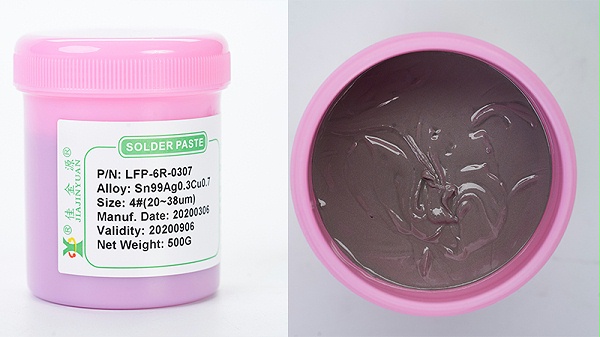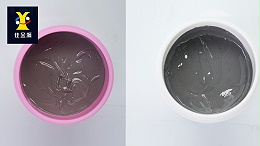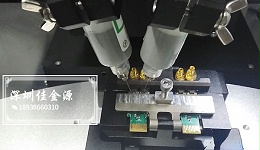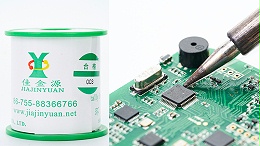
Solder pasteIt is an expensive and difficult-to-preserve solder paste product. Improper storage and preservation can easily lead to various adverse phenomena during the use of solder paste. Generally, how should we store it to better solve these adverse phenomena? Today, the solder paste manufacturer will take you to learn about it.
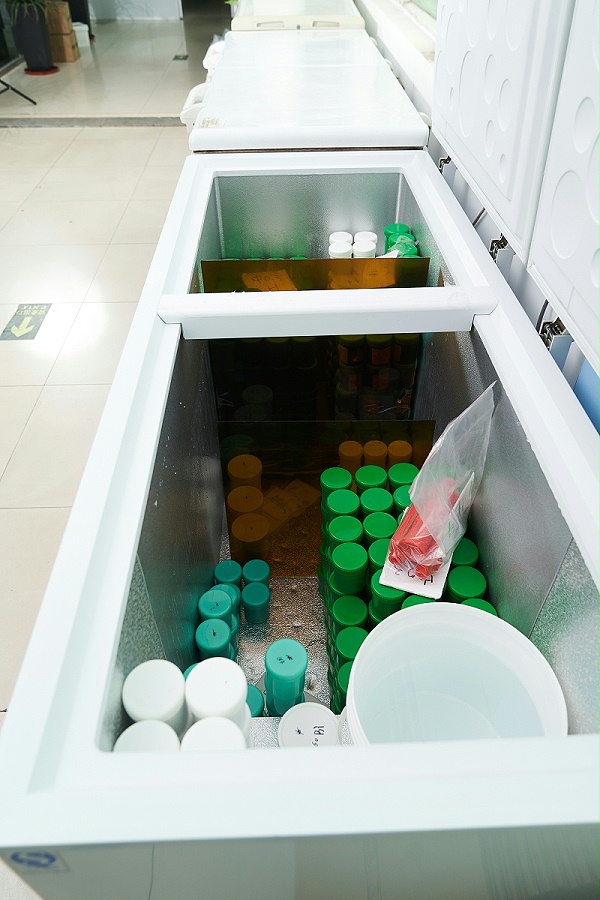
Effectively control the storage working temperature:
How should we store it? I think everyone knows it's the working temperature. Because there are very strict requirements for environmental humidity in this aspect. Both high and low working temperatures have a significant impact on the performance of solder paste products. Therefore, in various situations, the relevant requirements for working temperature are different:
1When storing: The working temperature for storing solder paste should be at2~10℃At this temperature, the activity of the flux in the solder paste will decrease, which can effectively extend the service life of the solder paste.
2Before use: Considering that the flux activity of the solder paste significantly decreases after cooling and that it does not meet the soldering requirements when taken out for use, it is necessary for everyone to act promptly2-4Take the solder paste out of the freezer and allow it to gradually rise (if using equipment to add it, the surface temperature must be relatively stable; sudden high-temperature heating can easily lead to a decline in the performance of the solder paste), restoring its activity to the state of the soldering process.
Reduce direct exposure in the air:
When solder paste is exposed to normal air and contact, it can cause oxidation of the solder paste and imbalance of the proportion of flux components. Under such circumstances, the solder paste may have hard skin, hard lumps, be difficult to melt, and bring a large number of solder balls, etc., which greatly reduces the effect of the soldering process. We should try to avoid this. After the solder paste is produced, it must be printed in a timely manner. Do not print once and then stop. If you need to wait for a while, you can cover the solder paste.
Handle the remaining solder paste correctly
The remaining solder paste from the day's use should be placed in a dedicated recycling bottle. Try not to put the remaining part of the solder paste into the untreated solder paste bottle.
The correct handling of the faulty solder paste:
If the surface of the solder paste forms a skin and becomes hard, remember not to stir it, especially not to mix it with new solder paste! The skin and hard lumps must be removed first before use. It is best to test it before use to see if the effect meets the standards. If not, it can only be scrapped.
